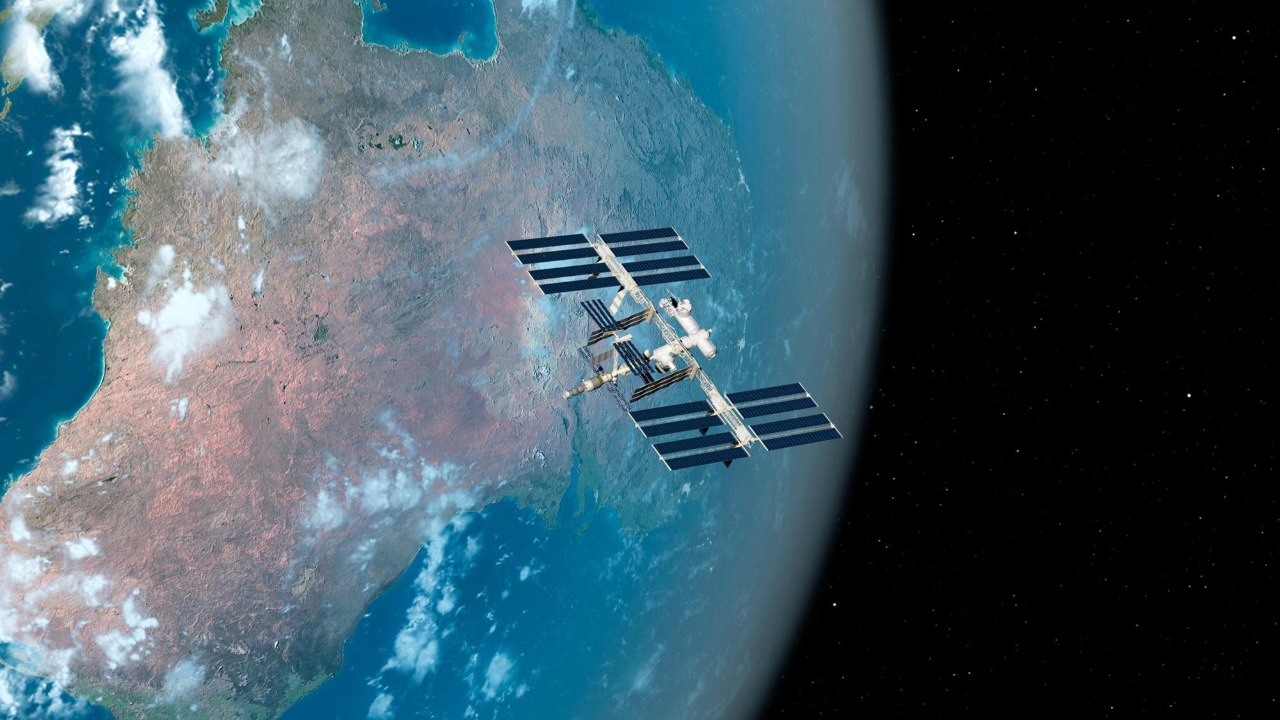
Elon Musk’s SpaceX Starlink constellation is facing a significant challenge as a record number of its satellites are plummeting back to Earth. This phenomenon is largely attributed to intensified solar activity during the Sun’s current maximum phase, which has caused over 100 satellites to deorbit in a single month. Scientists are voicing concerns about the environmental risks posed by these reentries, including potential ozone layer depletion due to the release of aluminum particles into the atmosphere. Additionally, the satellites’ radio emissions are interfering with astronomical observations, hindering telescopes from detecting cosmic signals.
The Surge in Starlink Deorbits
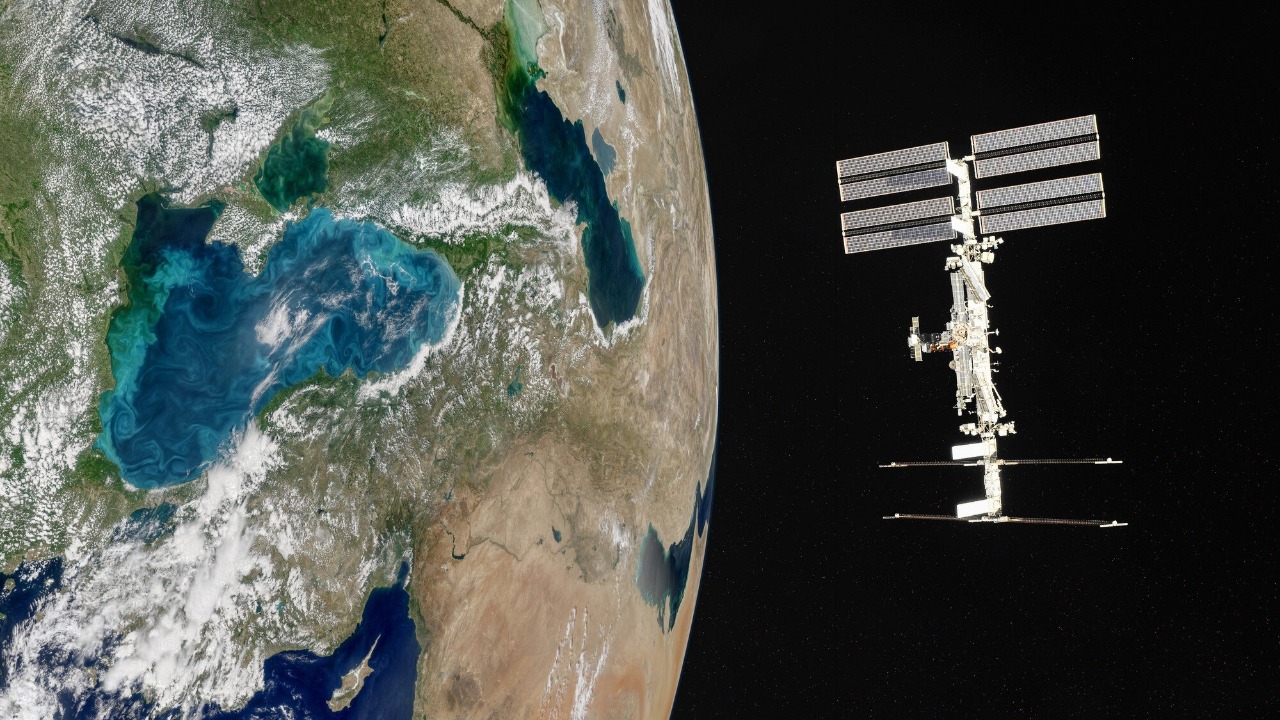
The recent surge in Starlink satellite deorbits is primarily driven by the solar maximum, a period of heightened solar activity that triggers geomagnetic storms. These storms increase atmospheric drag on low-Earth orbit satellites, leading to uncontrolled reentries. Starlink’s V1 and V2 models are particularly affected, with a record 120 satellites deorbiting between October 2023 and March 2024, far exceeding previous years’ rates. This unprecedented pace highlights the challenges faced by SpaceX in maintaining its satellite network amidst natural solar cycles (NDTV).
SpaceX has designed its satellites to fully burn up upon reentry to minimize the risk of debris reaching Earth’s surface. However, there have been instances where fragments have survived the descent, raising concerns about potential impacts on populated areas. This issue underscores the importance of ensuring that satellite designs are robust enough to prevent any remnants from reaching the ground (Interesting Engineering).
Environmental Concerns from Satellite Reentries
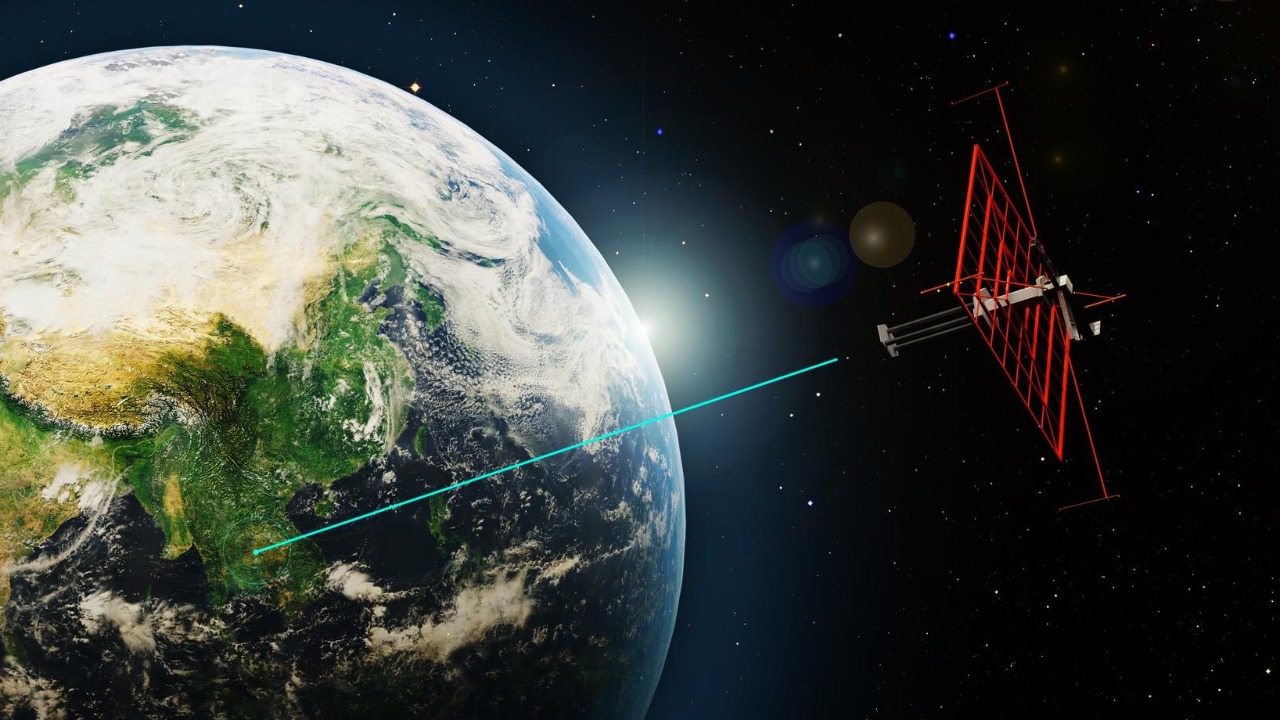
A study conducted by the University of New Hampshire has raised alarms about the environmental impact of reentering Starlink satellites. The research suggests that these satellites could release up to 40 tons of aluminum annually by 2030, potentially depleting the ozone layer by up to 8% over Antarctica. This depletion is attributed to chemical reactions where aluminum oxides from vaporized satellites act as catalysts to break down ozone molecules in the mesosphere (Business Insider).
Beyond ozone depletion, the reentry of satellites poses broader atmospheric pollution risks. The release of black carbon emissions during reentry could contribute to climate warming effects, further complicating efforts to mitigate global climate change. These findings highlight the need for comprehensive assessments of the environmental impacts associated with large-scale satellite constellations and their reentries.
Impact on Astronomical Research
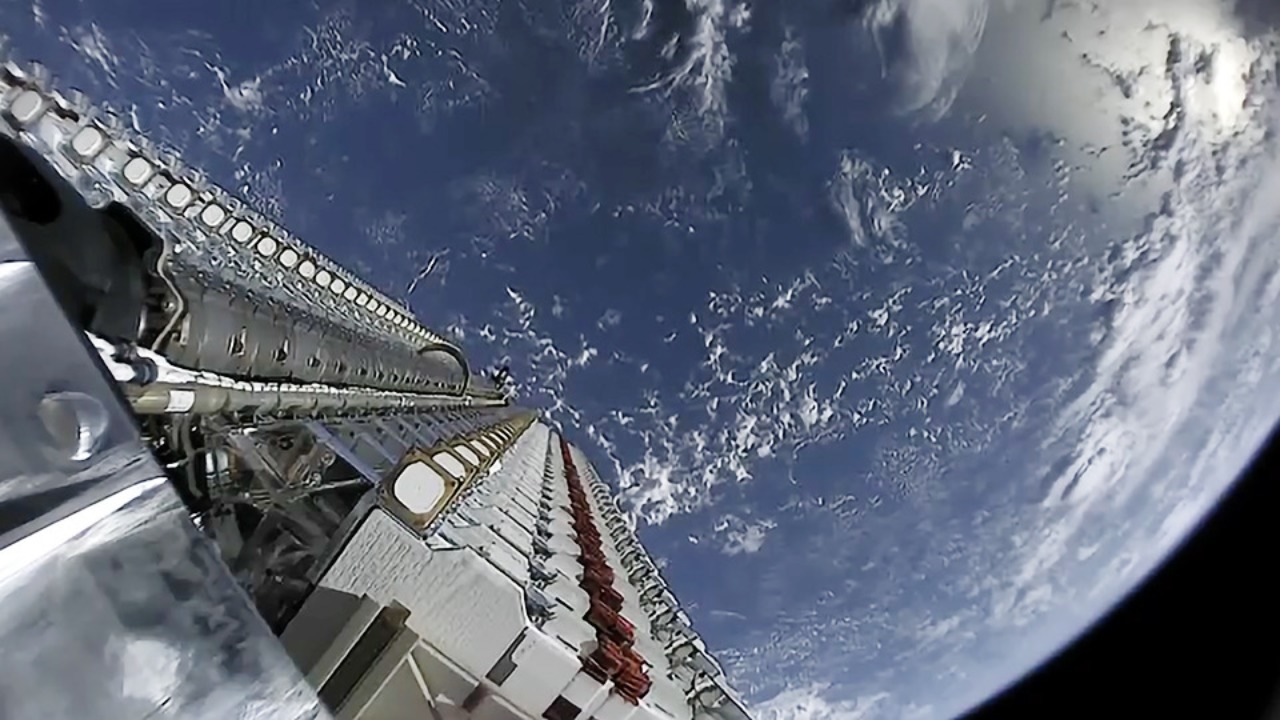
The unintended radio frequency emissions from Starlink satellites are significantly affecting astronomical research. These emissions are overwhelming radio telescopes, such as the Low-Frequency Array in the Netherlands, making it impossible to detect faint cosmic signals. This interference is particularly concerning for astronomers who rely on these signals to study the universe’s most distant and ancient phenomena (Euronews).
A 2024 study by the University of Manchester revealed that Starlink’s emissions exceed regulatory limits by factors of 10 to 32 times in protected frequency bands. This finding has prompted astronomers to call for stricter International Telecommunication Union regulations to mitigate interference with observations of pulsars and other deep-space phenomena. The stakes are high, as continued interference could hinder scientific discoveries and our understanding of the cosmos.
Overview of Starlink’s Operations and Scale
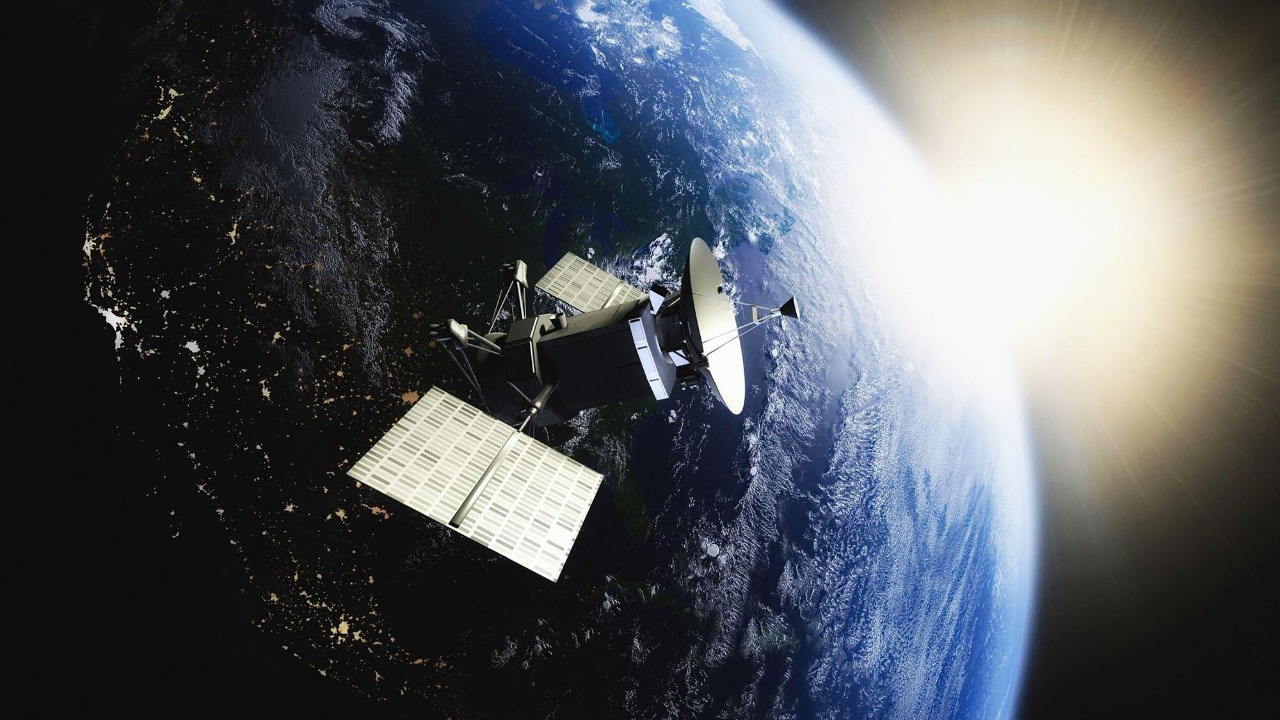
Starlink, SpaceX’s satellite internet service, was launched in 2019 with the ambitious goal of providing global broadband coverage. The constellation now exceeds 6,000 satellites in low-Earth orbit, reflecting the rapid deployment efforts by SpaceX. Since its inception, there have been over 300 launches, with plans to expand the network to 12,000 satellites and potentially 34,000 in the future (Indian Express).
The user base for Starlink has grown to over 3 million subscribers worldwide by mid-2024, primarily serving remote areas such as rural U.S. and Ukraine. This growth underscores the demand for reliable internet access in underserved regions, highlighting the potential benefits of satellite internet services. However, the environmental and scientific challenges associated with such large-scale operations necessitate careful consideration and mitigation strategies to balance technological advancement with sustainability.